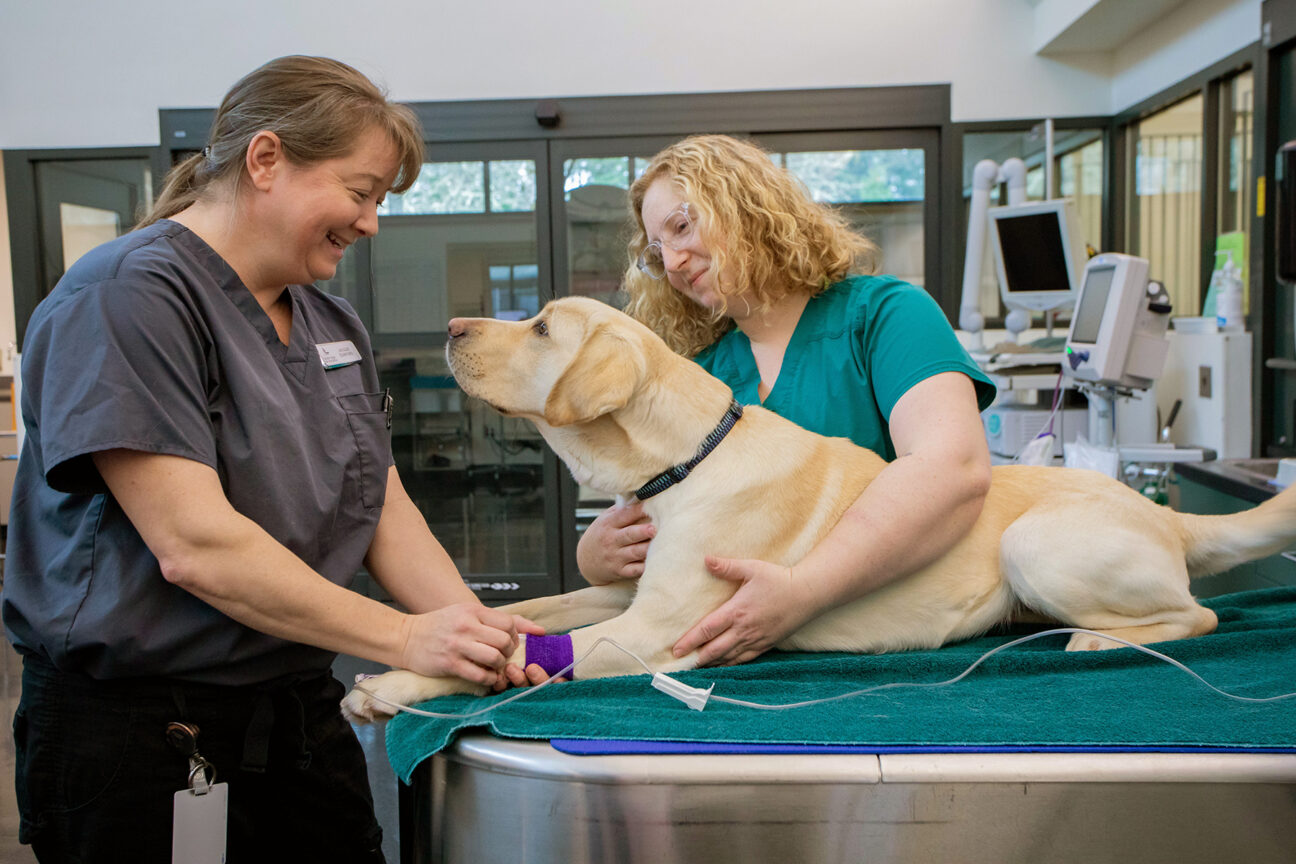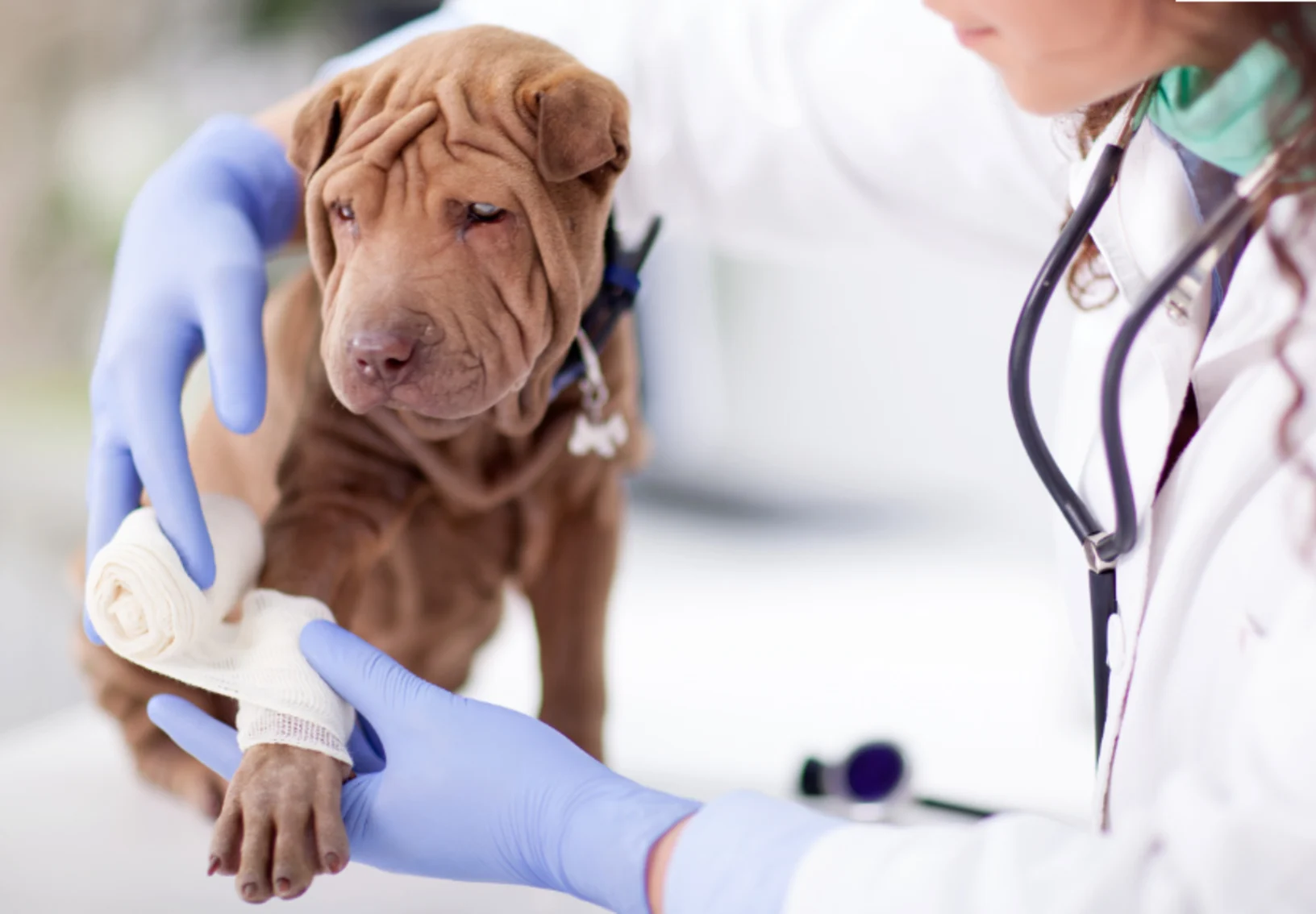Best Diet and Pain Relief Tips Post- tplo surgery for dogs
Best Diet and Pain Relief Tips Post- tplo surgery for dogs
Blog Article
All Regarding Veterinarian Surgical Procedure: Understanding the Relevance of Professional Look After Your Family pets
Vet surgery is an essential component of pet medical care. It encompasses different procedures, from routine elective surgical procedures to immediate interventions. Comprehending the intricacies of these surgeries can aid family pet proprietors make educated decisions. The prep work, execution, and recovery phases are vital for guaranteeing the wellness of animals. With proper expertise, proprietors can navigate the complexities of vet treatment. What aspects should be taken into consideration prior to a pet goes through surgical procedure?
Kinds of Vet Surgeries
When an animal needs medical intervention, understanding the numerous kinds of vet surgical treatments can assist family pet owners make informed choices. Veterinary surgeries can be generally categorized right into 3 major kinds: optional, urgent, and emergency surgical procedures. Elective surgeries, such as spaying or neutering, are prepared treatments that are not quickly deadly. Urgent surgical procedures, like those for foreign body elimination, have to be performed quickly however are not deadly in the moment. Emergency situation surgical procedures, such as those dealing with extreme trauma or internal bleeding, are crucial and call for instant attention.Additionally, surgical procedures can differ in intricacy, ranging from minimally intrusive laparoscopic treatments to a lot more comprehensive open surgical treatments. Each kind of surgical treatment brings its own threats and recovery procedures. Understanding these classifications allows pet dog proprietors to take part in significant discussions with vets, resulting in better results for their precious family pets.
Getting ready for Your Pet dog's Surgical procedure
Preparing for an animal's surgical treatment includes a detailed checklist to ensure all fundamentals are covered. Effective communication with the vet is vital for understanding the treatment and any needed pre-operative actions - canine tplo surgery. Furthermore, having clear post-operative care guidelines will assist owners give the very best assistance for their recovering pets
Pre-Surgery Checklist Fundamentals
Guaranteeing a smooth medical experience for an animal requires careful prep work and attention to information. A pre-surgery checklist is important for pet owners to adhere to. First, confirming the set up surgical procedure date and time is important. Proprietors must likewise confirm that their family pet has not eaten according to the veterinarian's instructions, generally for 8-12 hours before surgical treatment. Gathering needed medical records, including vaccination history, is very important for the vet's evaluation. It is likewise advisable to prepare a comfy space in your home for the pet's recuperation after surgical treatment. Ultimately, owners need to have a strategy for transport to and from the vet facility, making certain that the family pet is safe and comfortable throughout the journey. Complying with these steps can greatly boost the surgical experience.
Connecting With Your Vet

Effective communication with the vet is essential for a successful surgical experience for animals. Proprietors need to be prepared to review their pet dog's case history, including any type of pre-existing problems, drugs, and allergic reactions. This info helps the veterinarian evaluate dangers and customize the medical strategy accordingly. Additionally, family pet owners need to ask inquiries relating to the treatment, anesthetic, and expected results to guarantee they fully comprehend the process. Clearing up any questions can relieve anxiety for both the pet and the proprietor. It is additionally vital to connect any type of behavior adjustments or concerns observed in the animal leading up to the surgical procedure. Eventually, clear discussion promotes count on and collaboration, making sure that animals receive the most effective feasible treatment during their surgical trip.
Post-Operative Treatment Directions
After discussing the operation with the veterinarian, pet owners must concentrate on post-operative care directions to assist in a smooth recovery for their pet dogs. These instructions generally consist of checking the surgical site for indications of infection, such as inflammation or discharge. Animals may require to be maintained calm and constrained to avoid too much movement that can interrupt recovery. Pain management is vital, so proprietors need to comply with the veterinarian's advice on providing medications. In addition, dietary restrictions may be advised to avoid gastrointestinal trouble. Normal follow-up consultations are necessary to assure proper healing and address any type of concerns. By adhering to these post-operative treatment guidelines, pet dog owners can substantially add to their pet dog's healing and general health.
The Surgery Explained
The surgery for animals incorporates essential steps that assure their safety and healing. Pre-surgery preparations are crucial for decreasing risks, while post-operative treatment standards play an important role in advertising healing. Recognizing these components helps pet owners browse the medical experience a lot more effectively.
Pre-Surgery Preparations
Before a pet dog goes through surgical procedure, several important prep work need to happen to ensure a safe and successful treatment. closest animal hospital First, an extensive vet assessment is important to evaluate the family pet's total health and recognize any type of potential risks. This might include blood tests, imaging, or other diagnostics. The vet will additionally go over anesthetic options customized to the animal's specific needs. In addition, pet owners are generally advised to withhold food and water for a defined time before surgical procedure to reduce the danger of complications during anesthetic. It's crucial for proprietors to offer a full clinical history, consisting of any kind of medicines or allergies, making sure the surgical team has all essential details. Appropriate interaction and adherence to pre-surgery guidelines can considerably enhance the result of the treatment.
Post-Operative Treatment Guidelines
Appropriate post-operative treatment is crucial for guaranteeing a pet dog's healing complying with surgical procedure. After the treatment, animals must be monitored very closely for any type of indications of problems, such as too much blood loss, swelling, or unusual habits. It is very important to adhere to the veterinarian's instructions regarding drugs, including painkiller and anti-biotics. Animals should be kept in a silent, comfortable setting to minimize tension and promote recovery. Limiting activity is important; short, leashed why not look here strolls might be needed, yet leaping or running need to be prevented. Normal follow-up visits need to be set up to evaluate the healing procedure. Furthermore, the medical site must be maintained clean and completely dry, with any kind of indications of infection reported to a vet without delay. Following these standards boosts healing results.
Anesthetic and Discomfort Management
Effective anesthetic and pain monitoring are crucial elements of vet surgical procedure, guaranteeing that family pets stay comfy and safe throughout the procedure. Veterinarians analyze each pet dog's individual requirements, taking into account aspects such as age, weight, health and wellness condition, and the type of surgery being performed.Anesthesia methods typically consist of a combination of pre-anesthetic medications, induction representatives, and inhalant anesthetics, enabling accurate control over the pet's level of consciousness. Surveillance during surgery is critical; vets continuously observe crucial indicators to resolve any possible problems promptly.Pain management techniques might entail opioids, non-steroidal anti-inflammatory medications (NSAIDs), and anesthetics, tailored to the pet dog's details circumstance. This diverse strategy aids lessen discomfort and promotes a smoother medical experience. By prioritizing effective anesthesia and pain monitoring, veterinary specialists improve the total well-being of pets undertaking procedures, ensuring they obtain the greatest requirement of treatment.
Post-Operative Treatment and Recuperation
Following surgical procedure, the focus shifts to click for source post-operative treatment and recuperation, which is necessary for guaranteeing a pet dog's secure go back to normal activities. During this period, family pets require a silent, comfortable setting to aid recovery. Proprietors must carefully check their pet dogs for any type of signs of discomfort or uncommon behavior.Veterinary standards frequently include certain guidelines connected to medication management, wound treatment, and dietary changes. It is crucial to follow these referrals to decrease complications and promote healing. Pet dogs might need to be restricted from strenuous tasks, such as running or jumping, during their recuperation period (canine tplo surgery).Regular follow-up visits with the vet enable for surveillance of the animal's progress and prompt modifications to the care strategy. Supplying psychological assistance and companionship can additionally boost a pet's recuperation experience, assisting to relieve tension and anxiety. Overall, diligent post-operative treatment plays a considerable duty in achieving an effective healing
Identifying Issues After Surgical Procedure
How can pet owners recognize complications after surgery? Awareness of specific indications is vital for ensuring the well-being of family pets throughout recuperation. Usual indications include excessive swelling, inflammation, or discharge at the surgical website, which may indicate infection. In addition, consistent pain, suggested by yawping or unwillingness to move, should motivate instant interest. Modifications in hunger or water consumption can likewise indicate problems; a reduction in these actions might signal discomfort or distress.Moreover, pet proprietors should monitor their pet dogs for any type of unusual behavior, such as sleepiness or problem breathing, as these can be indicators of severe concerns. Throwing up or diarrhea complying with surgical procedure might require immediate veterinary evaluation. Recognizing these complications early can greatly impact a pet dog's recovery procedure, emphasizing the importance of caution and punctual communication with a veterinarian for any type of worrying symptoms.
The Function of Veterinary Specialists in Surgical Care
Veterinary specialists play a vital role in guaranteeing the safety and success of surgeries for pets, specifically adhering to surgery when monitoring and treatment are extremely important. These professionals include vets, vet service technicians, and assistance personnel, all of whom contribute specialized skills to the surgical process.Before surgery, veterinarians carry out detailed evaluations to analyze the family pet's wellness, making certain that any kind of hidden problems are managed. Throughout the treatment, the medical team offers anesthetic, preserves clean and sterile atmospheres, and keeps track of essential indicators, very important for lessening risks.Post-operative treatment is equally substantial; vet experts observe for problems, take care of discomfort, and overview proprietors on recovery methods. Their expertise allows them to acknowledge very early signs of distress or infection, making sure timely intervention. Eventually, the collaborative initiatives of vet specialists in surgical care foster a risk-free environment, advertising the well-being of pet dogs throughout the surgical journey.

Frequently Asked Concerns
Just how Do I Pick the Right Veterinary Doctor for My Family pet?
Selecting the ideal veterinary surgeon entails looking into certifications, reviewing testimonials, and reviewing the center's atmosphere. It is important to review the specialist's experience with certain procedures and their communication style when choosing.
What Are Usual Misconceptions Regarding Vet Surgeries?
Usual mistaken beliefs concerning veterinarian surgical treatments include ideas that they are always high-risk, unnecessary, or just for emergency situations. Lots of family pet proprietors take too lightly the advantages of preventive treatments and the skill associated with veterinary medical treatment.
Just How Much Will My Family pet's Surgery Cost?
The expense of a family pet's surgery can vary significantly based on elements such as the sort of treatment, the veterinarian's experience, and geographic place (veterinary cardiologist near me). Usually, expenses range from a couple of hundred to a number of thousand dollars

Can My Pet Dog Eat Prior To Surgical Procedure?
Before surgical procedure, it is normally encouraged that pets avoid eating for a details duration. This fasting helps in reducing the threat of complications during anesthesia. Owners need to consult their veterinarian for precise directions customized to their pet dog's requirements.
What happens if My Family Pet Has Pre-Existing Health And Wellness Issues?
When a pet has pre-existing health and wellness problems, it's essential for the vet to assess these aspects before surgical procedure. This evaluation warranties proper safety measures are taken, reducing threats and enhancing the pet's overall security throughout the procedure.
Report this page